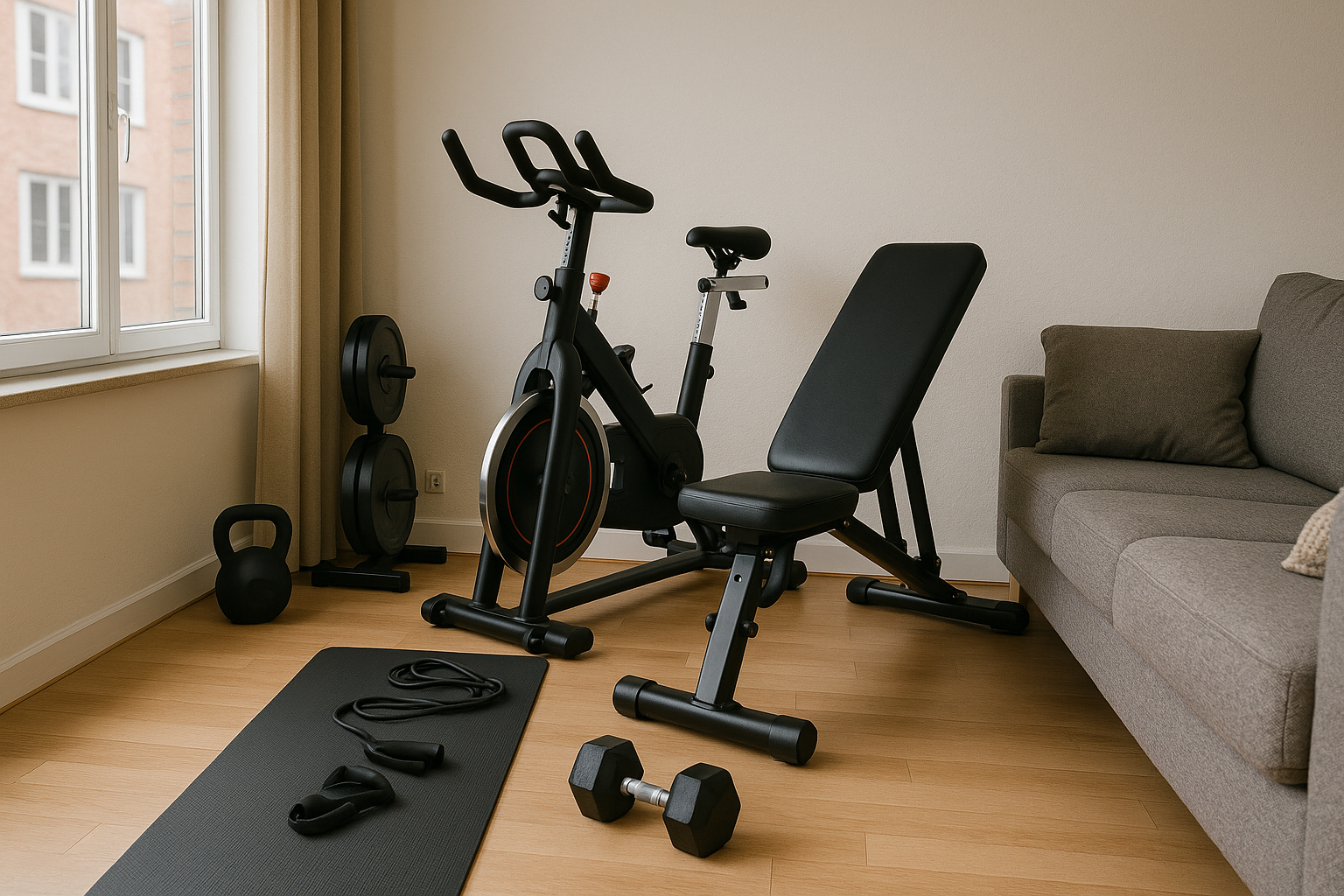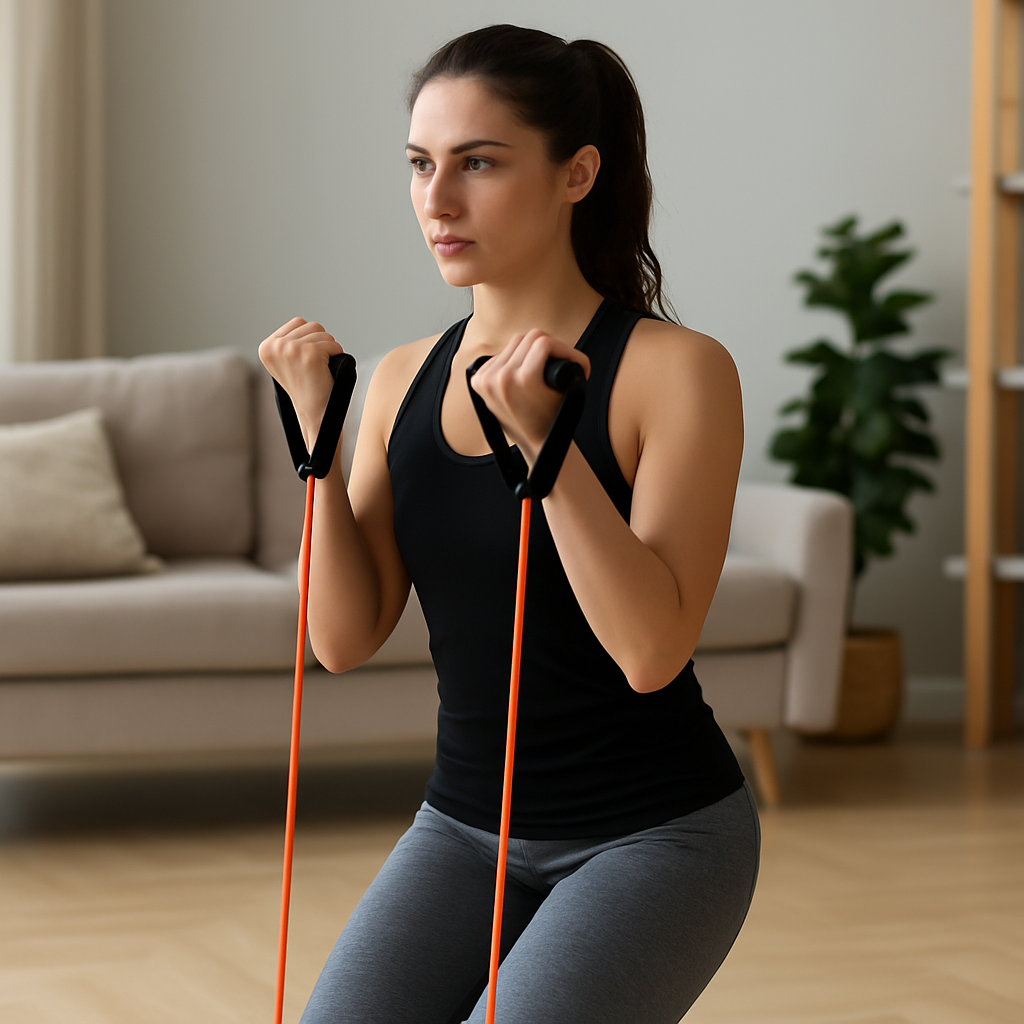Why Stretching Before Exercise Actually Matters
Most people stretch before a workout, but ask ten people at the gym if it’s actually helpful, and you’ll get ten different answers. Some folks swear by it. Others skip it and jump right in. No matter your view, almost everyone wants to perform better and avoid getting hurt. So, what’s the real story behind stretching before exercise?
How Stretching Prepares Your Body
 Photo by Polina Tankilevitch
Photo by Polina Tankilevitch
Stretching isn’t just about touching your toes or showing off flexibility. Here’s what it does:
- Boosts blood flow to muscles, making them feel less stiff
- Raises the temperature of your muscle tissue
- Increases joint range of motion
- Wakes up your nervous system, prepping you to move
This matters because warm muscles bend and move more easily. When your body’s ready, you’re more likely to get the most from your workout, whether lifting, running, or just walking.
Types of Stretching: Static vs Dynamic
There isn’t just one way to stretch. The two main types are static and dynamic. Picking the right one can change how you feel during your workout.
Static Stretching: When (and When Not) to Use It
Static stretching is the classic hold-and-feel-the-burn move. Think about touching your toes and holding them for 30 seconds. It’s great for relaxing muscles and improving flexibility over time.
But here’s the catch: research shows that holding long static stretches before a tough workout can temporarily weaken and slow down your muscles. Save these stretches for after exercise or when you’re focused on gaining flexibility, not when you need to move with strength or speed.
Dynamic Stretching: Your Go-To Warm-Up
Dynamic stretching is all about moving as you stretch. Examples include:
- Walking lunges
- Arm circles
- Leg swings
- High knees
With dynamic stretching, you use controlled motion to gradually increase your range of movement. It’s like telling your body, “Hey, it’s time to get going!” Experts say this method is best before workouts because it helps your muscles and joints prepare for real movement, not just holding still.
What Happens If You Skip Stretching?
You might wonder: Will skipping stretching ruin your workout or lead to injury? The science gives some surprising answers.
- Research shows static stretching before activity doesn’t prevent injuries or muscle soreness.
- Skipping a warm-up entirely can increase injury risk, but you don’t need to do long static holds.
- Dynamic stretching or a short active warm-up works just as well—if not better—for most people.
- The main risk of skipping all prep is moving with cold, tight muscles. That’s when things get dicey.
Stretching alone won’t guard you from injury. A good warm-up, strong muscles, and good technique do more to keep you healthy.
Simple Stretching Moves to Start With
Want to add stretching to your routine? Here are a few easy moves to try before your next workout:
- Arm circles (30 seconds, forward and backward)
- Leg swings (10–15 each leg)
- Walking lunges (10 per leg)
- Hip circles (30 seconds)
- High knees or butt kicks (20 seconds)
How to use them:
- Pick two or three moves.
- Do each for about 30 seconds before your activity.
- Listen to your body—never force a stretch.
Try using dynamic stretches at the start, then save static stretches (like toe touches or quad holds) for your cooldown.
Try Stretching Before Your Next Workout
Next time you get ready to move, spend a few minutes on dynamic stretching. Notice how your body responds. Do you feel looser? Stronger? Less sore? Try going without stretching one day, then compare how you feel. Find what works best for you, but know you don’t need to spend ages stretching to see results. Just a little prep can go a long way.







